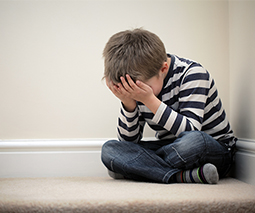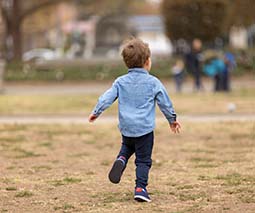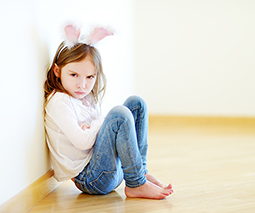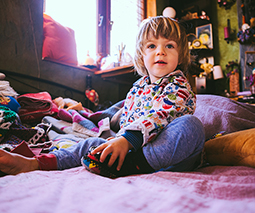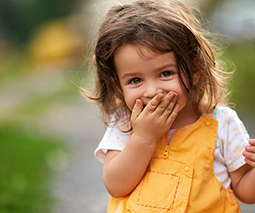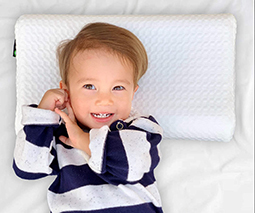A parent’s guide to dealing with separation anxiety
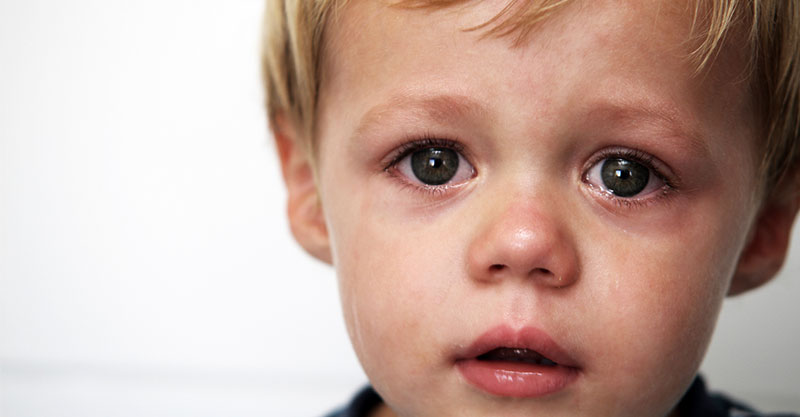
Any parent whose had to peel a toddler from their leg and walk away or shut the door on a wailing baby at bedtime will tell you that separation anxiety can turn you inside out and the struggle is very, very real.
What is separation anxiety?
When babies and toddlers fear being away from their parents, it’s referred to as ‘separation anxiety’.
It’s a common and normal part of child development and often begins to occur as babies become more mobile and independent. That said, not every child will experience separation anxiety and for some it may set in later, between 18 months and 24 months of age.
Separation anxiety – stage-by-stage
Separation anxiety is most common in babies aged 14 to 18 months, but the seeds of tearful goodbyes are sewn much earlier as babies begin to realise how important parents are and how nice they are to have around. Separation anxiety also affects preschoolers and, in some cases, older children.
Here’s a rundown on the ages and stages of this upsetting condition:
Babies
4 to 9 months
Between 4 and 9 months, babies develop a strong attachment to their parents and their concept of ‘object permanence’ kicks in. This means they realise that when things (or precious people) are out of sight, they still exist. This can also mean they want them back as soon as possible and vocally make their feelings known.
This ‘missing you’ phase can hit all of a sudden, without warning and seem like the end of the world for your little one (and thus, you too!)
Toddlers
10 to 24 months
At this age, your littlie is more mobile and independent and can feel more overwhelmed by and unsure of the world. They may get upset when you leave the room or even when you put them to bed at night. They also know who their special people/parents are and may become wary of less familiar faces, making babysitting or childcare a real challenge.
Preschoolers
25 months to 4-years-old
Older children have more of a grasp on the comings and goings of their parents and the rhythm of their days. They have usually developed a greater sense of security, but they may still have trouble transitioning between people and places and need some serious encouragement to say ‘goodbye’.
Older children
Kids over four years may still struggle being away from their parents. This can ease over time, but if it’s causing you distress be sure to chat to your child’s teacher or your GP/Maternal Child Health Nurse about strategies to make things easier on everyone.
Separation anxiety may develop into Separation Anxiety Disorder in older kids, so don’t hesitate to get some extra help. Research says that 4 per cent of preschoolers and school-aged children suffer from Separation Anxiety Disorder, so if any of the following is true for you, consider reaching out for further support:
- Your child’s anxiety interferes with their life, and subsequently your life
- The severity of your child’s anxiety seems at odds with their developmental stage
- The separation anxiety has gone on for four weeks for more.
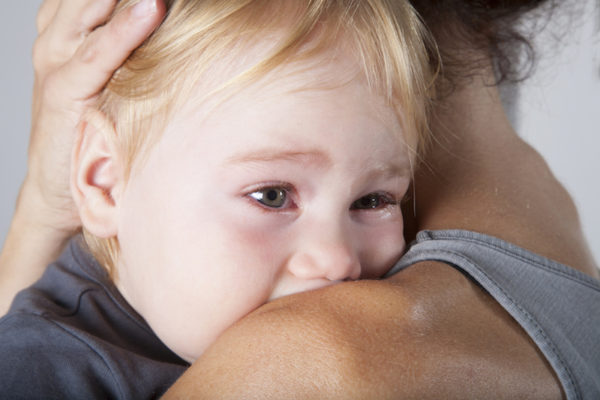
What does separation anxiety look like?
It doesn’t matter if you are down the hallway, or down the street, your baby assumes the worst – that you are gone for good.
Babies think that their parents are an extension of themselves, so when they are separated, they feel they are not only losing a part of themselves, but that their parent may never return.
Babies and toddlers who are experiencing separation distress may get upset, cry, cling to you, ignore other adults or throw a full-blown tantrum. They also may get upset when faced with strangers. It’s a distressing combo for parent and child.
How to ease separation anxiety
- Be clear – Let your child know exactly what is happening in an age-appropriate manner.
- Prepare your child – Allow adequate time to chat about the things they will do while you are gone.
- Settle your child – Spend some time making your child feel comfortable before you leave.
- Use a comfort toy – Consider using a favourite toy to ease the transition.
- Keep goodbyes short and sweet – Don’t drag out your farewell. Once you say goodbye, leave quickly.
- Appear confident and positive – This will help your child feel more confident too.
- Soften the transition with a distraction – Ask your child to close the door after you, for instance.
- Be truthful – Don’t sugarcoat the separation. Stick to the facts and you’ll build trust.
- Discuss your return – Let your child know when you’ll be back and what will happen then.
- Develop a trusty routine – A ‘drop-off’ routine can help your child feel more secure and in control.
- Read stories about saying goodbye and hello – Use books and role play to illustrate that goodbye is not forever and reunions are comforting and lovely.
- Come up with a ‘brave’ phrase – Help your child cope with transition and separation with a special phrase. ‘Mummy will come back soon’ or ‘I can be brave’, for instance.

Preparing your child for new people and places is key to keeping separation distress to a minimum.
Researchers say 90 per cent of 10-month-old babies will become distressed if someone they don’t know approaches them in an unfamiliar room. However, only 50 per cent of babies become upset if they are given a little bit of time to become familiar with the room.
Ten minutes of settling-in time is often enough to ease the transition because babies cope much better if allowed to experience new situations gradually.

